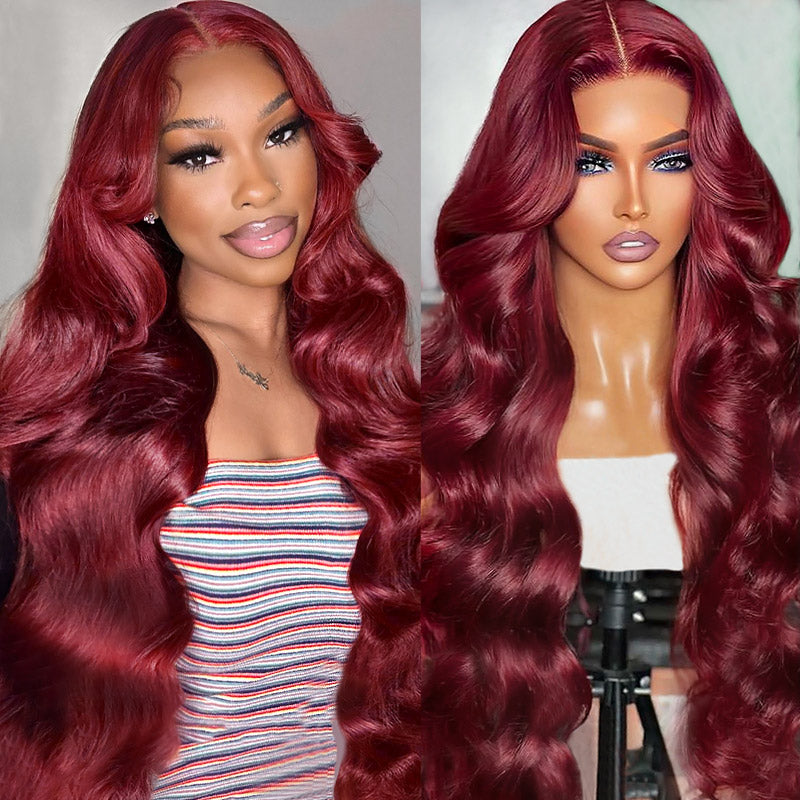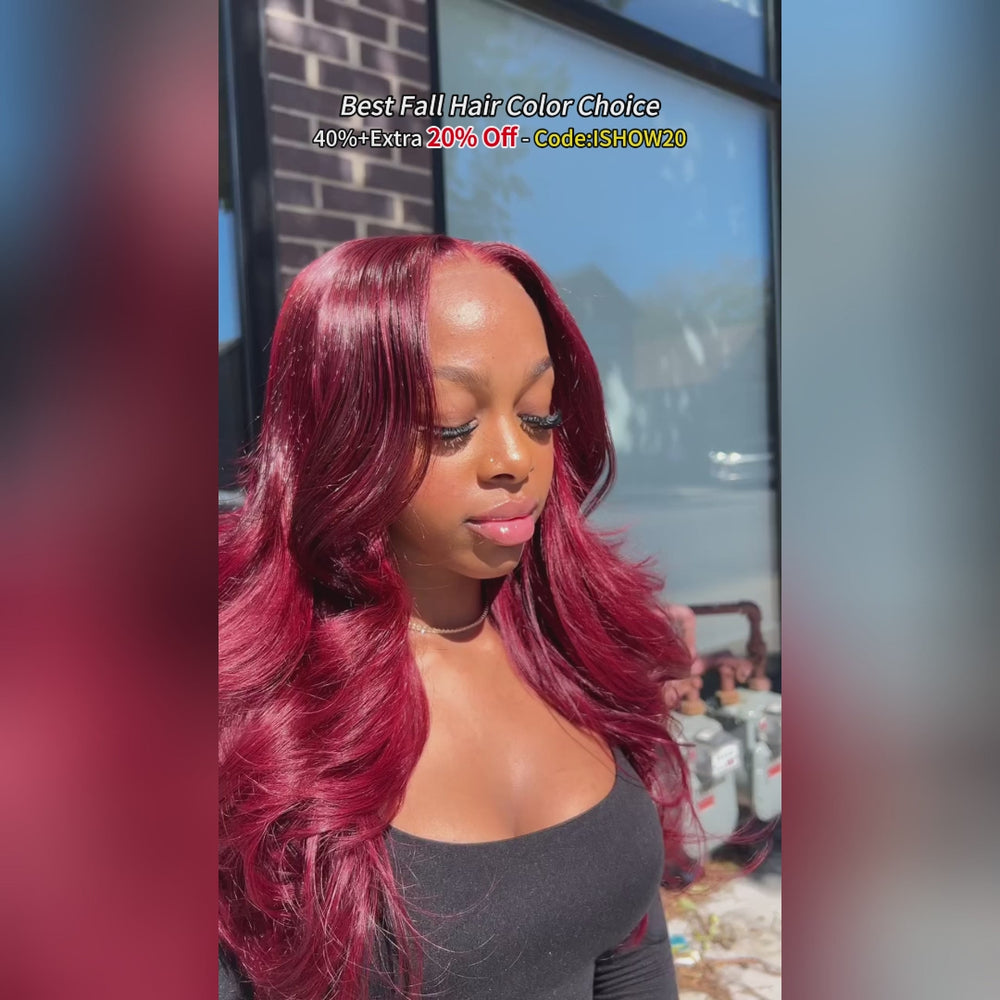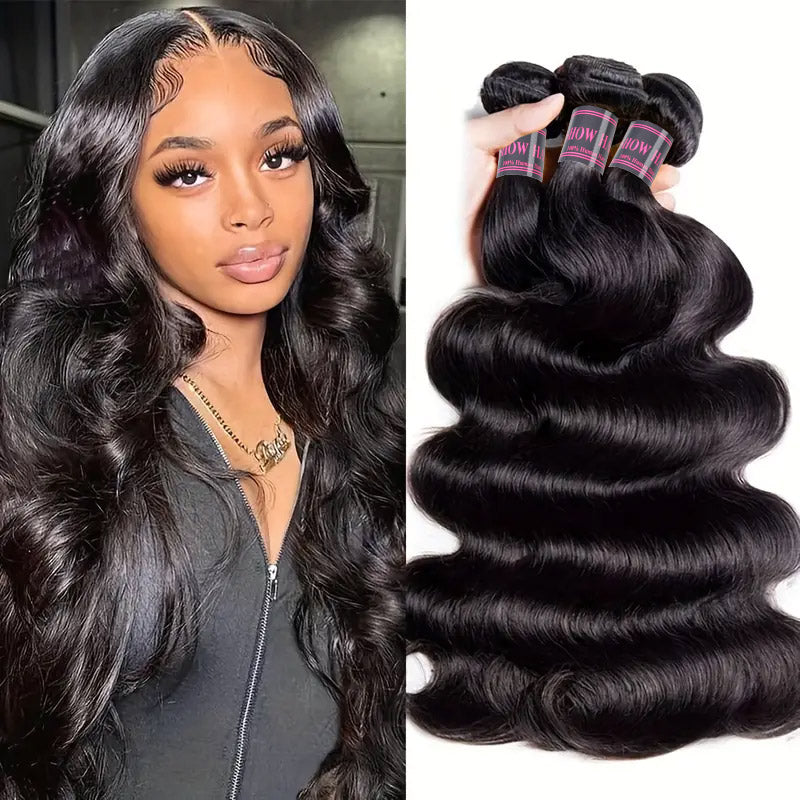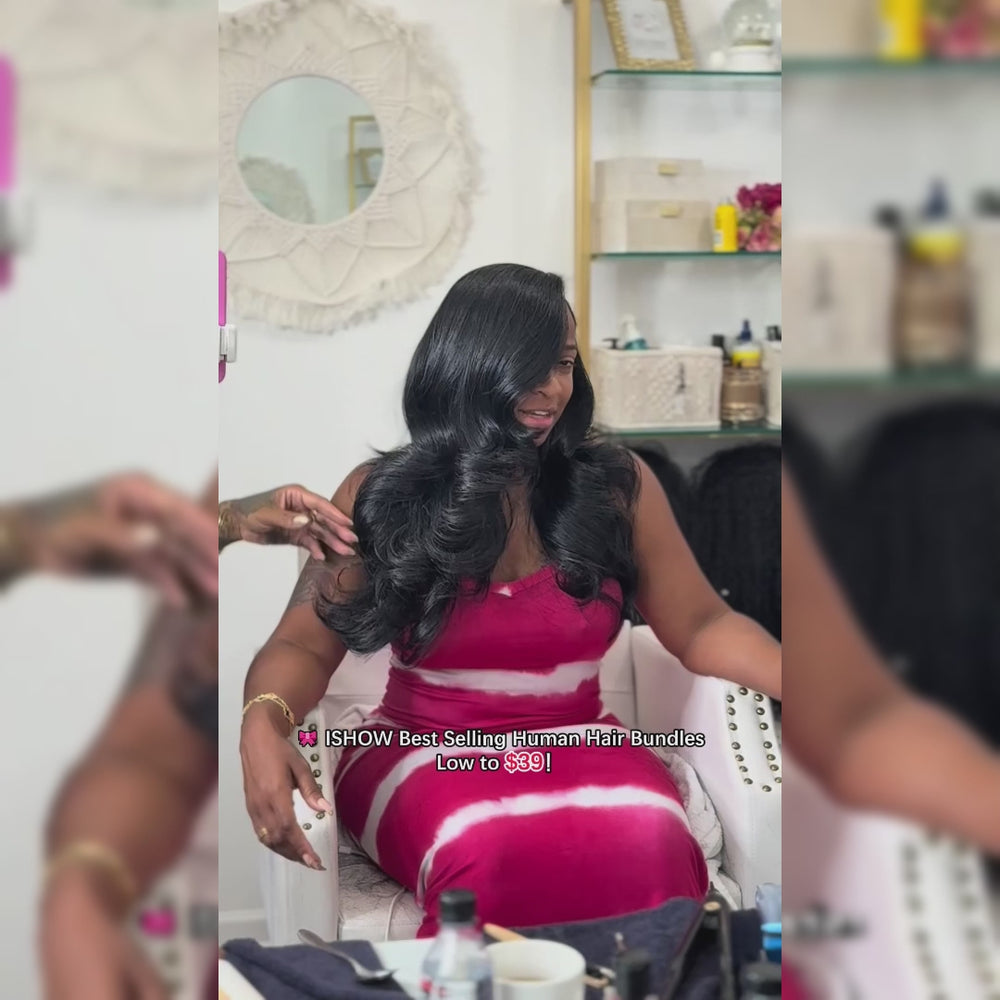What Type of Wig Lasts the Longest?
Wigs provide a fun and convenient way to switch up styles and colors without the commitment of changing one's natural hair. However, it's common for people to have concerns about how long their wigs will last and what influences their durability. What should you know to keep your wig looking fabulous? This guide will dive into the key factors that affect wig longevity, compare different types of wigs, and share practical tips to help extend their life, ensuring you get the most out of your investment.
6 Factors Influencing Wig Lifespan
Material
Human hair wigs are popular because they look natural and can last much longer than synthetic wigs. With proper care, human hair wigs can last anywhere from several months to over a year. In contrast, synthetic wigs usually have a shorter lifespan due to the materials they are made from. While synthetic wigs tend to be more affordable and require less upkeep, they typically last only a few months before showing signs of wear.
Frequency of Use
Wigs that are worn every day will show more wear and tear than those used only occasionally. Wearing a wig daily can lead to faster fading of color, tangling, and an overall decline in its condition. For those who frequently wear wigs, it's a good idea to rotate between several units to reduce the stress on any one wig. This approach allows each wig time to rest and recover from regular use, helping to keep them looking their best for longer.
Care and Maintenance
Regular cleaning is important to remove dirt, oil, and product buildup that can accumulate over time. Using special shampoos and conditioners designed for wigs helps keep the fibers in good condition. Avoid products that contain sulfates, as these can strip away moisture and damage the wig. In addition to cleaning, it's crucial to store wigs correctly. When not in use, keep wigs on dedicated stands or in boxes made for wigs. This prevents them from becoming misshapen or tangled, helping to maintain their appearance.
Wearing Methods
The way a wig is attached and secured can affect how long it lasts. Using the right methods, such as glue, clips, or combs, can help reduce stress on the wig. For instance, using proper wig tape or silicone strips can hold the wig securely while protecting the hairline and cap from damage. Avoid pulling or tugging on the wig when putting it on or taking it off, as this can cause early wear and tear.
Environmental Factors
High humidity can cause synthetic wigs to become frizzy, while direct sunlight can fade colors and weaken the fibers. Extreme weather, such as high heat or cold, can also impact wigs, especially if they are left outside for extended periods. To keep your wig in good condition, it's best to avoid long exposure to harsh environmental elements. Wearing a hat or scarf when outdoors, particularly in sunny or rainy weather, can provide extra protection.
Styling Tools
Styling tools can help create the desired look, but using them too often can harm a wig's health. Heat styling tools, such as curling irons and straighteners, can damage both human hair and synthetic wigs if not used carefully. For synthetic wigs, even low heat can melt the fibers or change their shape. To protect a wig, it is best to limit the use of heat styling tools. When styling is necessary, always choose the lowest heat setting and apply a heat protectant when applicable.
Comparison of Wig Lifespans by Type
When selecting a wig, it's helpful to understand how different aspects influence their durability and upkeep.
Material: Human Hair vs. Synthetic Wigs
Human hair wigs typically last much longer than synthetic wigs, often remaining in great condition for over a year with proper care. In comparison, synthetic wigs usually need to be replaced every three to six months. Human hair wigs can be styled just like natural hair, while synthetic wigs have limitations; most cannot handle heat from styling tools, which can damage the fibers. However, human hair wigs require regular maintenance, including washing and conditioning with products made specifically for real hair. Synthetic wigs are easier to care for, needing only special shampoos and minimal upkeep. Although human hair wigs tend to be more expensive, many people find them worth the investment because of their natural look and durability. Ultimately, the choice between these two options depends on personal preferences and styling needs.
Length: Long Wigs vs. Short Wigs
Long wigs often need more maintenance than short wigs because they are more likely to tangle and mat. Longer styles may require frequent detangling and conditioning to keep them looking fresh. In contrast, short wigs are usually easier to manage and may last longer with minimal upkeep.
Style: Straight Wigs vs. Curly Wigs
Curly wigs generally demand more care than straight wigs. Curls can become loose or frizzy over time, so they need extra attention to maintain their shape. While straight wigs can also tangle, they typically require less maintenance to keep them looking good.
Color: Black Hair vs. Colored Wigs
Colored wigs often have a shorter lifespan compared to natural black hair wigs. The dyeing process can weaken the hair fibers, leading to quicker wear. Additionally, maintaining bright or bold colors usually requires special shampoos and conditioners, which can further impact the wig's durability.
Cap Types: Full Lace Wig vs. Lace Front Wig vs. Non-Lace Wig
Full lace wigs offer a lot of styling options, but they require careful handling to keep them in good shape. Lace front wigs create a natural appearance at the hairline, making them a favorite for many users, yet they might not be as durable as full lace wigs. In contrast, non-lace wigs are typically sturdier, making them ideal for everyday wear, although they may lack the same realistic look.
7 Tips to Extend Wig Lifespan
Regular Cleaning
Set a routine to wash your wig every 6-8 wears, depending on product use and environmental factors. Use shampoos and conditioners specifically designed for wigs. Gently wash and rinse the wig in cool water, avoiding hot water to prevent damage to the fibers. After washing, apply conditioner, let it sit for a few minutes, and then rinse thoroughly.
Proper Drying Techniques
After washing, gently blot the wig with a towel to remove excess water. It is important not to wring or rub the wig, as this can lead to tangles and damage. Instead, allow the wig to air dry on a wig stand or a clean, dry towel, keeping it out of direct sunlight and away from heat sources.
Heat Protection
If you must use heat styling tools, choose the lowest temperature setting and keep the tool moving to avoid concentrating heat on one area. Many high-quality synthetic wigs can't handle heat at all, so consider using heat-free methods like rollers or braids for styling.
Proper Storage
When your wig isn't in use, store it properly. Placing it on a wig stand maintains its shape and prevents tangling. Alternatively, you can fold it neatly and store it in a box designed for wigs. Avoid leaving wigs in places where they could be crushed or squished.
Regular Trimming
Every couple of months, consider taking your wig to a professional stylist who understands wigs. They can trim split ends and reshape the wig, keeping it looking fresh and polished.
Avoid Chemical Treatments
It's best to avoid chemical treatments such as dyeing or perming your wigs, especially synthetic wigs. If you do want to change the colour of a human hair wig, seek advice from professionals experienced in wig care to ensure you don't damage the structure.
Gentle Handling
When brushing or combing your wig, start from the ends and work your way up to prevent breakage. Use a wide-tooth comb or a brush specifically designed for wigs to minimize damage. Be gentle, especially around tangles, to avoid pulling out strands.
Conclusion
For regular wig users, it's important to know what impacts their lifespan. No specific type of wig can last all the time, as the longevity of a wig depends on various factors, including the material, frequency of use, maintenance routines, and storage conditions. With a little attention to detail, wigs can stay beautiful and functional for a long time, giving you the versatility and style you want.
FAQs:
- How often should I wash my wig?
Washing your wig every 6 to 8 wears is generally recommended, but this can vary based on individual use and environmental factors.
- Can I dye my synthetic wig?
It's best to avoid dyeing synthetic wigs as the chemicals can damage the fibers. If you want to change the color, opt for a human hair wig instead.
- How do I know if my wig needs to be replaced?
Signs that your wig needs replacing include excessive tangling, faded color, split ends, and a loss of shape or volume.
- Are there specific products recommended for maintaining human hair wigs?
Use specialized wig shampoos and conditioners formulated for human hair, and consider applying a leave-in conditioner for added moisture and protection.















